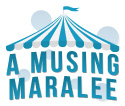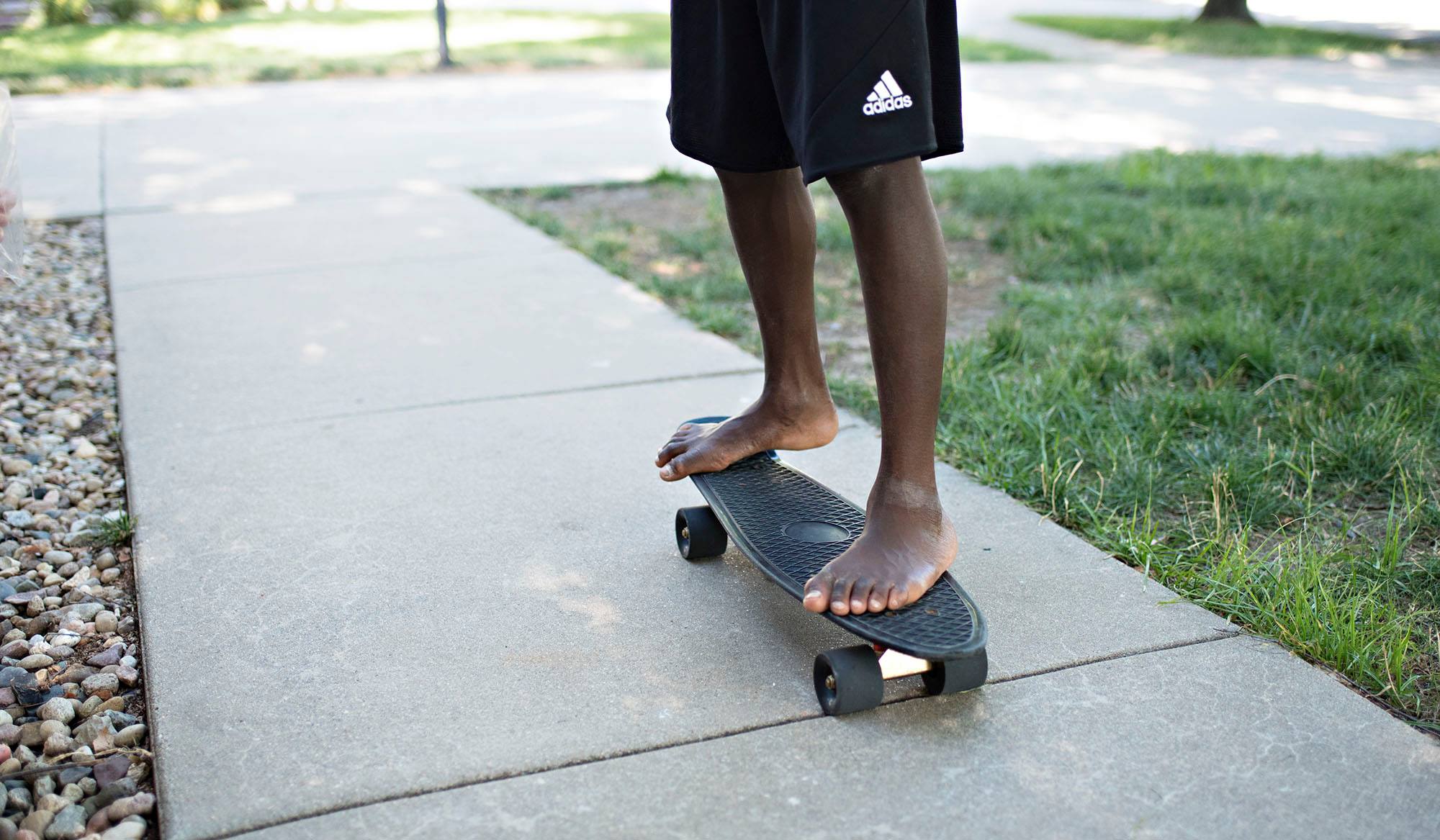Last night my son brought out the adoption scrapbook I made for him just before we flew across the globe to bring him home. We’ve looked through that book together many times. We’ve wondered at the pictures of the tiny boy he was. We’ve read the words I wrote describing our adoption journey and his journey to our family. But as he pulled it out last night, I felt something new in my heart. I felt a little embarrassed of the words on the page. While at the time I thought what I was writing was true, now I know it was just the truth as best we knew it.
Over the years, that “truth” has changed. We have come to understand international adoption in a new light. It does not seem like the simple happy ending to a sad story we once thought it was. We get the baby we’ve always wanted and a child gets a family. It’s a win/win. . . except that over simplification doesn’t acknowledge all the losses involved.
The story I wrote and the story I continued to tell him was never a lie, it just wasn’t ever the whole truth. But I couldn’t have told him the whole truth because I didn’t know it myself. Last night when he pulled out that book, it was to show it to the woman who was in charge of his care at the orphanage. She knew more of the truth than I ever could have dreamed when I was writing those words from our Tennessee home. We have been blessed to have an ongoing relationship with her that helps fill in the gaps and keeps us accountable to the truth, even the uncomfortable truths.
As I felt that embarrassed feeling— embarrassed of my own naiveté, embarrassed of words committed to paper that may or may not have been true about his story (although they were the truth as best I knew it)— I knew that feeling wasn’t a new one.
As foster parents, we rarely know the whole story. A child is brought to us and we might be told why they were taken from their home, but the story we get may not be the whole truth. But we can only act on the information we’re given, so we press on, believing what we’ve been told, retelling this story to the children, creating a narrative to suit the limited information we’ve been given. It’s the truth as best we know it, but it’s never the whole truth.
As the years go by, we start to see the full truth come to light. Parents we were told were “unsafe” become people we love. We come to find out the incident that lead to this child being removed was just the tip of the iceberg in a long and involved history between this family and Child Protective Services. We learn the family that had “no safe relatives” actually had several safe relatives who either didn’t know about this child’s situation or made the agonizing decision that they weren’t in a position to care for this child, but they still wanted a relationship. Siblings magically appear when you were told there were none. Family members you were told might be stable enough to parent this child make choices that break your heart.
The simple story gets complicated. We wanted a child and a child needed a family. It’s still true, but we know now more than ever that it’s rarely the whole truth. We will continue to learn the truth together with our child. And we will help them learn to process their real and full story. As hard as it may be, we have to let go of our desire to have a neat and tidy narrative. Losing your family is never neat and tidy.
Allowing relationships with your child’s family and important people from their history can eliminate your ability to control the story and make the truth what you want it to be. Now you’ve allowed someone else’s story to intersect with yours. They will fill in the gaps. This can be important for your child, but terrifying for you as you let go of control. Hanging on to truths you know are no longer true can feel safe and simple, but the truth as best you knew it can’t satisfy when you know it’s no longer the truth.
Adoption isn’t one simple story. It’s an ongoing series of stories. It’s a story we’re creating with our child. Their feelings, their need for knowledge, the family and family friends who want to be involved will all influence the story we come to create. My commitment is to do all this in partnership with my child and with an openness to whatever the truth may be, not trying to save my own feelings or my precious narrative.
While this feels disorienting, it is done with a firm foundation of faith in the relationship I’ve built with my child. That relationship is based on trust—trust that I will love them no matter what and trust that I will always tell them the truth, even if it’s just the truth as best I knew it. We will keep looking for answers together until the truth we both know is fully true.

